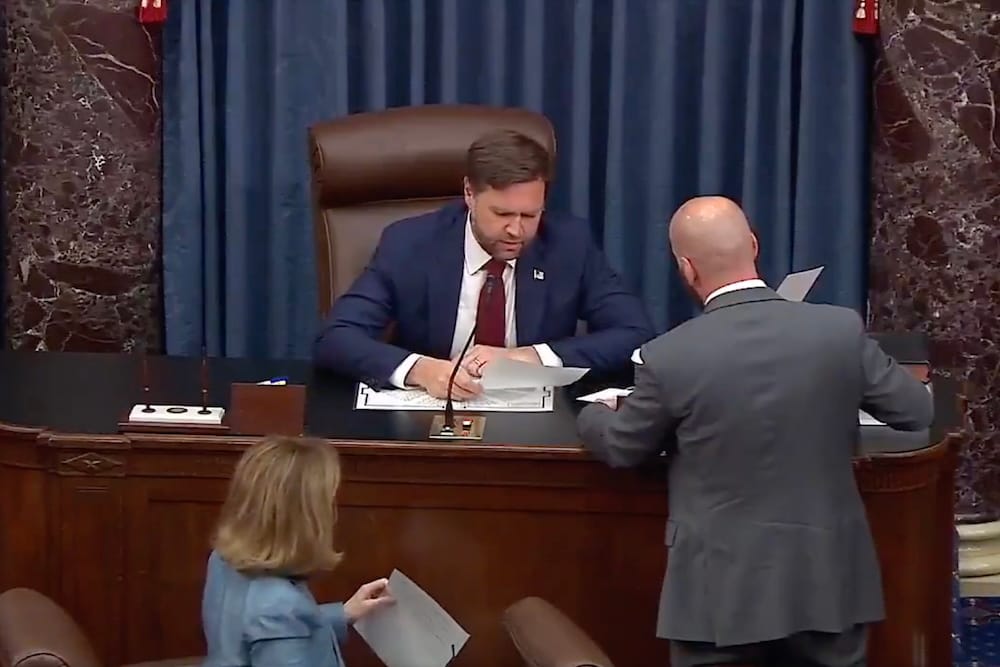

Senate Overcomes Hurdle in Tight Vote for Budget Cuts
On July 15, the U.S. Senate took a significant step forward in advancing President Donald J. Trump's request to rescind $9 billion in previously approved federal spending. The procedural vote, which ended in a 50-50 tie, was ultimately decided by Vice President JD Vance, who cast the tie-breaking vote to move the bill past a key hurdle with a final tally of 51-50. This package, a slightly reduced version of Trump's original $9.4 billion rescissions request, targets funding for areas such as foreign aid and public broadcasting.
The vote was not without tension, as it remained open for nearly half an hour until Sen. Dave McCormick of Pennsylvania cast his 'Yes' vote, bringing the count to a deadlock. Vice President Vance's arrival on Capitol Hill to break the tie marked a critical moment for the administration's fiscal agenda. Despite the victory, opposition came from within the Republican ranks, with Senators Susan Collins of Maine, Lisa Murkowski of Alaska, and Mitch McConnell of Kentucky voting against advancing the legislation.
Trump's Fiscal Priority and Senate Leadership's Role
This advancement represents a major win for President Trump, who has made reducing federal spending a cornerstone of his administration's policy goals. The rescissions package utilizes the process outlined in the Impoundment Control Act of 1974, a mechanism allowing the president to request Congress to cancel previously appropriated funds. Senate Majority Leader John Thune of South Dakota played a pivotal role in navigating weeks of negotiations and internal party disagreements to secure the necessary support for this procedural step.
The bill's progression through the Senate underscores the administration's commitment to fiscal responsibility, focusing on reallocating resources to better align with national priorities. While some Republican lawmakers expressed concerns over the specific cuts, particularly their potential impact on certain programs, the leadership's efforts to sway holdouts proved successful in this initial stage. The package now faces further scrutiny as it moves toward a final Senate vote and eventual consideration in the House.
Next Steps and Ongoing Challenges
With the procedural hurdle cleared, the rescissions bill still faces a challenging path ahead. The narrow margin of victory in the Senate highlights the difficulty of maintaining party unity on contentious fiscal issues. As the legislation advances, it will require additional votes in the Senate before returning to the House, where further revisions or opposition could emerge.
The administration remains steadfast in its push to implement these cuts, viewing them as essential to curbing unnecessary federal expenditures. President Trump's direct involvement in advocating for the bill signals its importance to his broader economic strategy. As debates continue, the focus will remain on balancing budgetary restraint with the diverse interests represented within Congress, ensuring that the final outcome reflects the administration's vision for a leaner government.
Dues are $12 per year. Member benefits:
✅ Ad-Free Website Viewing
✅ Advocacy for Republican Seniors
✅ 120+ Senior Discounts
✅ Member Only Newsletters